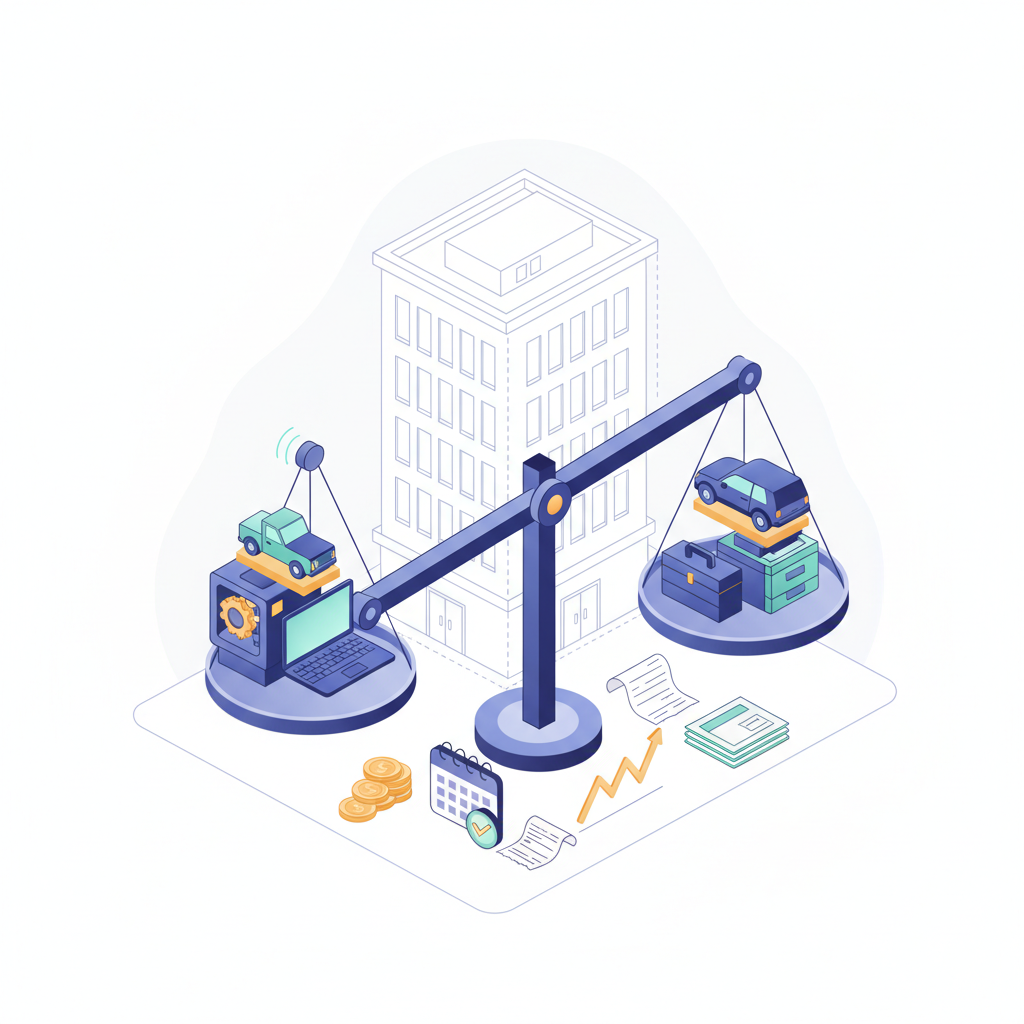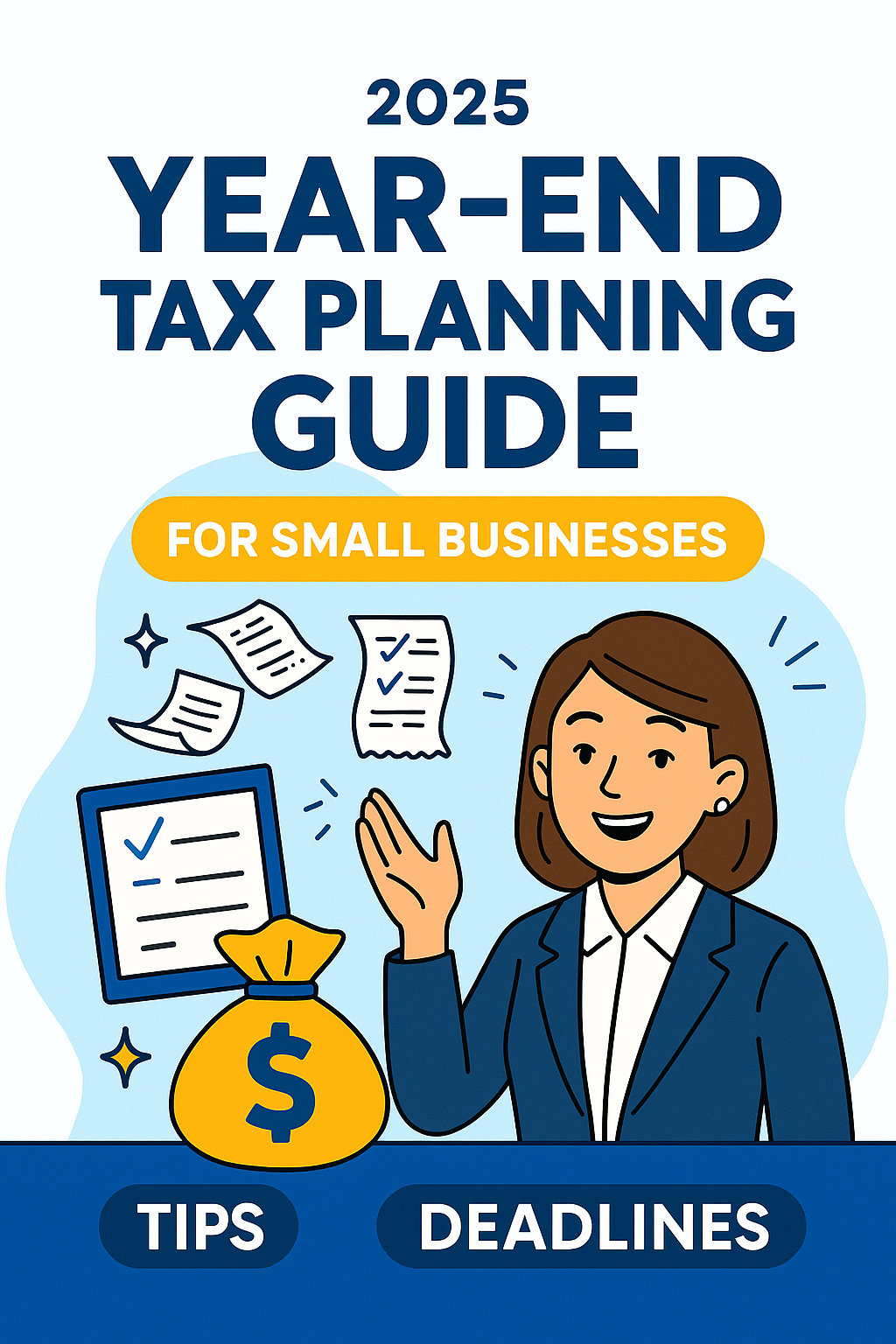
A key strategy in the CleverProfits S-corp tax planning arsenal includes deferring taxes to another day. Deferring taxes with retirement plans allows you to save on taxes and reinvest those savings and build a much more extensive portfolio when compared to traditional investment accounts.
For example, a savvy S-corp business owner who maxes their annual $61,000 tax deferral could save around $25,000 in taxes in one year while building a portfolio worth an extra $500,000 over 10 years.
Compared to the run-of-the-mill 401(k) employer plans as a meager wage earner, S-corp owners, and their spouses have a vast array of retirement plan options to tap into. A shortlist of the most common retirement plans include:
While more specialized plans are not discussed here (like the cash balance pension plan), knowing the most common retirement options will help lower your tax bill annually.
Key Definitions and Terminology
We aim to provide a limited discussion on each of these with links to specific articles and how each of these will work for you as an S-corp owner. Before we dive in, let’s ensure that we define the key terminology we’ll be referencing whenever we discuss these plans.
Employee elective deferrals
A fancy way of saying employee contributions out of their wages
Pre-tax contribution
Your contributions are deductible on either your business or personal tax return. Money in your account can grow tax-deferred without paying taxes on interest, dividends, capital gains, and appreciation every year. The money is taxable when you withdraw it from your account – typically after age 59 1/2.
After-tax contribution
Your contributions are NOT deductible. Money in your account can grow tax-deferred without paying taxes on interest, dividends, capital gains, and appreciation every year. The appreciation is taxable when you withdraw it from your account – typically after age 59 1/2.
“Roth” contribution
Your contributions are NOT deductible. Money in your account will grow tax-free without paying taxes on interest, dividends, capital gains, and appreciation every year. You do not pay taxes on anything when you withdraw it from your account – typically after age 59 1/2.
“Backdoor” Roth IRA contribution
A way to navigate around the Roth income limits to fund a Roth IRA. Make an after-tax contribution and immediately convert the funds into a Roth.
Early withdrawal penalty
A trap for the unwary. You will incur a 10% penalty withdrawing from any retirement account before age 59 1/2 unless you meet an exception for that specific account.
Catch-up contributions
If you are 50 or older, you can contribute an additional amount over your annual maximum.
Mandatory distributions. You must take minimum distributions from your retirement accounts starting April 1 the year after you turn 72.
Now, onto breaking down the Simplified Employee Pension Plan, the SIMPLE IRA, and the 401k retirement plan below.
The Easiest Option for Solopreneurs: Simplified Employee Pension Plan (“SEP-IRA”)
The SEP-IRA is a staple and one of the most common retirement plans we recommend for CleverProfits clients. It is straightforward to set up and make a contribution before the end of the year. We recommend this option if you are starting out in your retirement journey and have a limited amount of dollars to contribute.
Maximum employee contribution
This is not a plan that allows employees to contribute out of their own wages. There are no catch-up contributions for SEP-IRA plans as those are usually done for employee-defined contributions.
Your max retirement contributions from an employer plan cannot exceed $61,000 for 2022.
Maximum employer contribution
Your S-corp can contribute a maximum of 25% of your W-2 salary. This could be a low ceiling if you are trying to optimize your payroll with a lower salary. You could pay yourself $244,000 to max your SEP-IRA for the year, but you will incur a significant amount of employer and employee payroll tax. It’s best to work with a financial planner and tax advisor to determine what you can contribute and make sure your S-corp W-2 salary matches what you need to make your ideal contribution.
The due date to make the contribution is your S-corporation return due date, currently March 15 for calendar year filers. If you extend your business return, you have until the filing date or the extended due date of September 15 – whichever comes earlier.
Roth options
There are no “Roth” options for SEP-IRA accounts, which means every dollar contributed will be treated as pre-tax.
Contributions for other employees
The SEP-IRA becomes a less attractive option when you introduce employees into your company. You will be required to fund an equivalent percentage for any employee that has worked a minimum of 3 years for your company. We don’t recommend the SEP-IRA for mature S-corps with many employees.
How to make a SEP-IRA contribution
Set up your SEP-IRA with any existing brokerage you are using for your personal investments. If you don’t have a brokerage, we recommend the following low-cost options:
Funding your SEP-IRA is a business expense and should be paid for and deducted by the business. Transfer funds from your S-corp business account to your SEP-IRA before the contribution deadline. Make sure to check box 13 on your W-2 for year-end. If you make the contribution for a tax year after December 31, you will need to record a journal entry to accrue SEP-IRA contributions deducted from your S-corp tax return.
The Easiest Option with Low W-2 Salary: SIMPLE-IRA
The SIMPLE-IRA is an often ignored but sometimes better alternative to the SEP-IRA. We recommend this option if you are starting out in your retirement journey and have a limited amount of dollars to contribute.
Maximum employee contribution
You and your employees can contribute up to $13,500 from your W-2 wages, which must be made by December 31 of the tax year. You can contribute up to an additional $3,000 in catch-up contributions per year if you are over age 50.
Your max retirement contributions from an employer plan cannot exceed $61,000 for 2022.
Maximum employer contribution
Your S-corp should match you and your employee contributions up to 3% of their W-2 salary. The contribution must be made by March 15 for calendar year filers. If you extend your business return, you have until the filing date or the extended due date of September 15 – whichever comes earlier.
Roth options
There are no “Roth” options for SIMPLE-IRA accounts, which means every dollar contributed will be treated as pre-tax.
Contributions for other employees
The SIMPLE-IRA is an excellent option if you have other employees in your company. They will contribute up to a max of $14,000 per year to defer some taxes and save for retirement. You will be required to fund a match up to 3% of their salary. While the SIMPLE-IRA is decent, a 401(k) plan serves as a better full-fledged retirement option for larger companies with multiple employees.
How to make a SIMPLE-IRA contribution
Set up your SIMPLE-IRA with any existing brokerage you are using for your personal investments. If you don’t have a brokerage, we recommend the following low-cost options:
Funding your SIMPLE-IRA is a two-part exercise. First, you must make sure your payroll software is configured correctly to withhold employee elective deferrals and the employer match. You must work with your brokerage to ensure the funds are deposited to each employee’s account within 7 days of your payroll date.
Make sure to report the total amount of the employee’s contributions on box 12s and check box 13 on your W-2 for year-end. If you make an employer contribution for the tax year after December 31, you will need to record a journal entry to accrue for SIMPLE-IRA contributions deducted on your S-corp tax return.
The Most Powerful Choice: The 401(k) Plan
The class 401(k) plan is the most powerful of the three options but requires heavier compliance and administration – especially if you do not opt-in to safe harbor contributions and must do annual discrimination testing for highly compensated employees. We recommend this option if you’re running a mature business with multiple employees who want to save for their retirement or a solopreneur who wants to defer as much tax as possible using a solo 401(k).
Maximum employee contribution
You and your employees can contribute up to $20,500 from your W-2 wages which must be made by December 31 of the tax year. You can contribute up to an additional $6,500 in catch-up contributions per year if you are over 50.
Unlike the SEP-IRA and SIMPLE-IRA plans, the 401(k) plan can have both Roth and after-tax contributions for employee elective deferrals with the right administrator. Pre-tax and Roth contributions are limited to $20,500.
Your max retirement contributions from any employer plan cannot exceed $61,000 for 2022, but employees can make after-tax contributions to hit that ceiling. After-tax funds can be used to initiate a mega backdoor Roth IRA conversion, an effective wealth planning strategy.
Maximum employer contribution
Most employers will opt for a safe harbor match of their employees’ contributions up to 3% of their W-2 salary. The contribution must be made by March 15 for calendar year filers. If you extend your business return, you have until the filing date or the extended due date of September 15 – whichever comes earlier.
Roth options
You can set up pre-tax, Roth, and after-tax contributions with the right administrator.
Contributions for other employees
The 401(k) is an excellent option if you have employees in your business who want to save for retirement because they can participate and defer up to $20,500 of their income while saving for retirement.
How to make a 401(k) contribution
Set up your 401(k) with an administrator specializing in 401(k) plans. If you use Gusto for payroll, we recommend Guideline because they have a direct two-way sync that automates the entire 401(k) process for you.
Funding your 401(k) is a two-part exercise. First, you must make sure your payroll software is configured correctly to withhold employee elective deferrals and the employer match. You must work with your brokerage to ensure the funds are deposited to each employee’s account within 7 days of your payroll date.
Make sure to report the total amount of the employee’s contributions on box 12d and check box 13 on your W-2 for year-end. If you make an employer contribution for the tax year after December 31, you will need to record a journal entry to accrue for 401(k) IRA contributions deducted on your S-corp tax return.
S-Corp Retirement Plans: An Illustrative Example
All of this is a lot to absorb, so let’s dive into an illustrative example of the three plans discussed above. Let’s say that your business is on track to make $500,000, and you’ve optimized your W-2 salary to be $100,000 per year to maximize your qualified business income deduction.
| SEP-IRA | SIMPLE-IRA | 401(k) | |
|---|---|---|---|
| Pre-tax Profit | $500,000 | $500,000 | $500,000 |
| Employer Contribution | <$25,000> | <$3,000> | <$4,000> |
| Employee Contribution | <$0> | <$13,500> | <$20,500> |
| Wages | $100,000 | $100,000 | $100,000 |
| Taxable Income | $575,000 | $583,500 | $575,500 |
| Tax Rate (30%) | 30% | 30% | 30% |
| Tax Liability | $172,500 | $175,050 | $172,650 |
As you can see in the table above, there are minor differences between the three plans and your selection should come down to both qualitative and quantitative discussions around your business.
Which retirement plan should I choose for my business?
If you’re still having trouble deciding on a retirement plan, CleverProfits helps our CFO clients navigate this crazy world to select the most appropriate plan for their business. Schedule a consultation with our advisor today.
The Clever Writing Team
The CleverProfits writing team includes various team members in Advisory, Financial Strategy, Tax, and Leadership. Our goal is to provide relevant and easy-to-understand financial content to help founders and business leaders reach their true potential.






